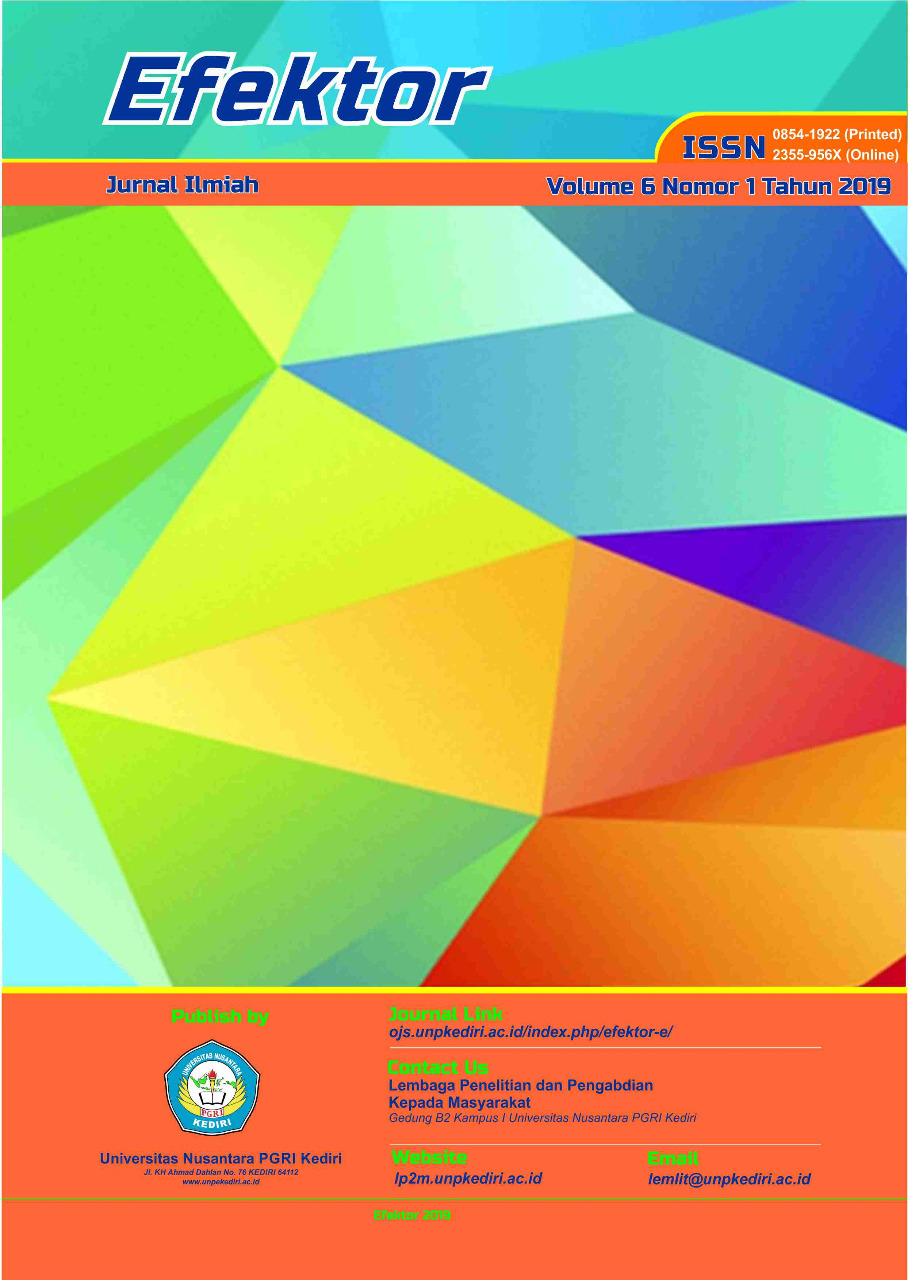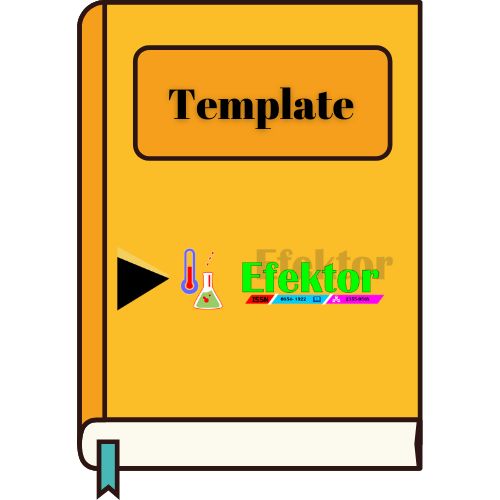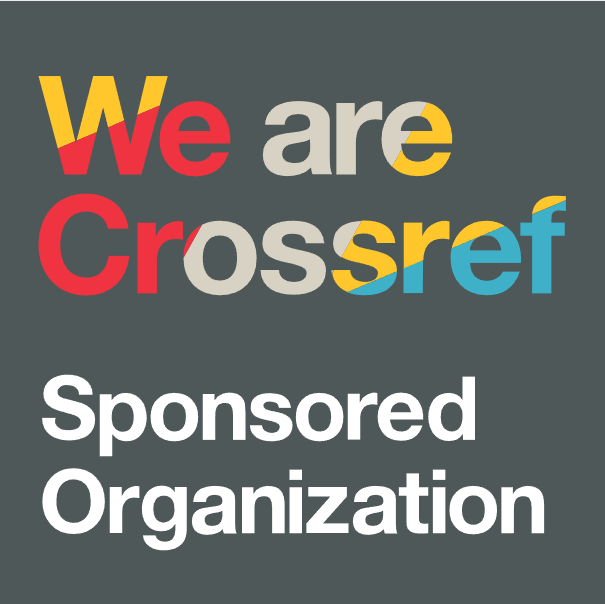Meningkatkan Prestasi Belajar TIK Melalui Metode Pembelajaran Berbasis Tugas Proyek pada Siswa Pokok Bahasan Menggunakan Internet untuk Keperluan Informasi dan Komunikasi Di SMA Negeri 2 Kediri
DOI:
https://doi.org/10.29407/e.v6i1.12524Keywords:
Learning Achievement, Task Based Learning Method, Information TechnologyAbstract
Tujuan dari kegiatan belajar mengajar tidak akan pernah tercapai selama komponen-komponen lainnya tidak diperlukan. Salah satunya adalah komponen metode. Metode adalah salah satu alat untuk mencapai tujuan. Dengan memanfaatkan metode secara akurat, guru akan mampu mencapai tujuan pengajaran. Metode adalah pelicin jalan pengajaran menuju tujuan. Ketika tujuan dirumuskan agar anak didik memiliki keterampilan tertentu, maka metode dan tujuan jangan bertolak belakang. Artinya, metode harus menunjang pencapaian tujuan tersebut. Apalah artinya kegiatan belajar mengajar yang dilakukan tanpa mengindahkan tujuan.
References
Kemmis, S., & McTaggart, R. (2007). Action Research. Communicative Action and the Public Sphere. The Sage handbook of qualitative research (pp. 271–330).
Permana, E. P. (2018). Pengaruh Media Sosial sebagai Sumber Belajar IPS Terhadap Motivasi Belajar, Kemampuan Berpikir Kritis dan Berpikir Kreatif Siswa Sekolah Dasar. PINUS: Jurnal Penelitian Inovasi Pembelajaran, 4(1), 54–59.
Permana, E. P., & Imron, I. F. (2016). Penerapan Pembelajaran IPS Dengan Media Ular Tangga Untuk Meningkatkan Minat Belajar Siswa Kelas IV SDN Kecamatan Prambon Nganjuk. EFEKTOR, 3(2), 58.
Sardiman A.M. (2010). Revitalisasi peran pembelajaran ips dalam pembentukan karakter bangsa. Cakrawala Pendidikan, Edisi Khus, 147–160.
Sugiyono. (2012). Metode Penelitian Kuantitatif, Kualitatif Dan R&D. Bandung: Alfabeta.
Downloads
Published
Issue
Section
License
Authors who publish with this journal agree to the following terms:
- Copyright on any article is retained by the author(s).
- The author grants the journal, the right of first publication with the work simultaneously licensed under a Creative Commons Attribution License that allows others to share the work with an acknowledgment of the work’s authorship and initial publication in this journal.
- Authors are able to enter into separate, additional contractual arrangements for the non-exclusive distribution of the journal’s published version of the work (e.g., post it to an institutional repository or publish it in a book), with an acknowledgment of its initial publication in this journal.
- Authors are permitted and encouraged to post their work online (e.g., in institutional repositories or on their website) prior to and during the submission process, as it can lead to productive exchanges, as well as earlier and greater citation of published work.
- The article and any associated published material is distributed under the Creative Commons Attribution-ShareAlike 4.0 International License













